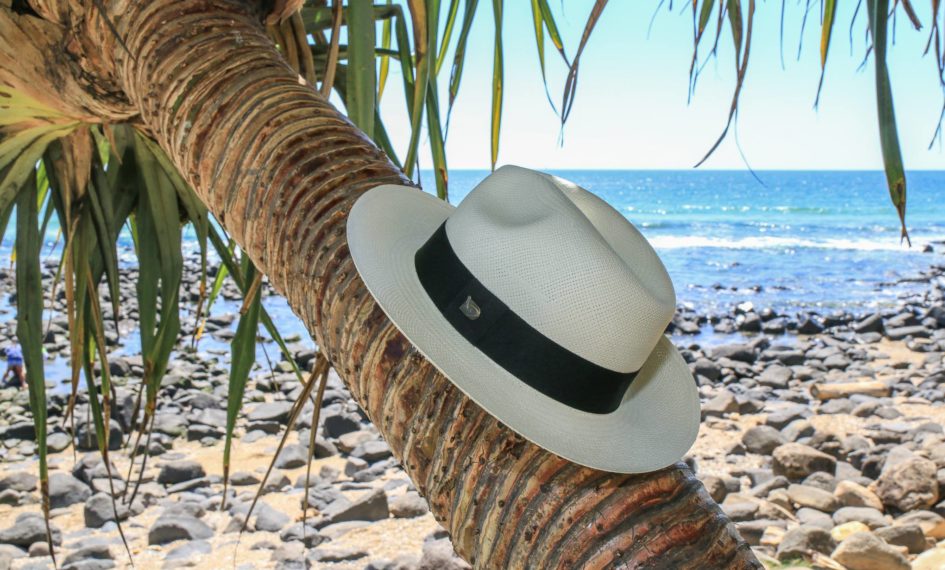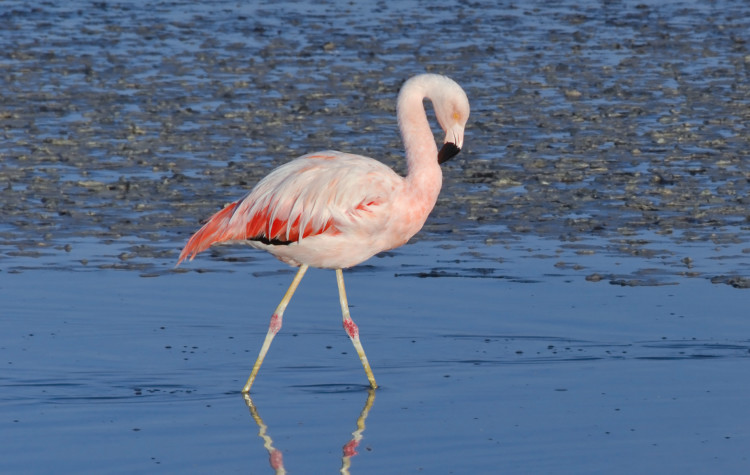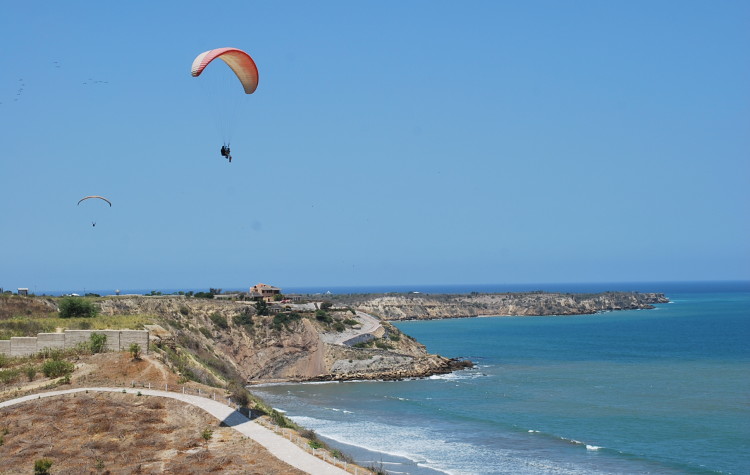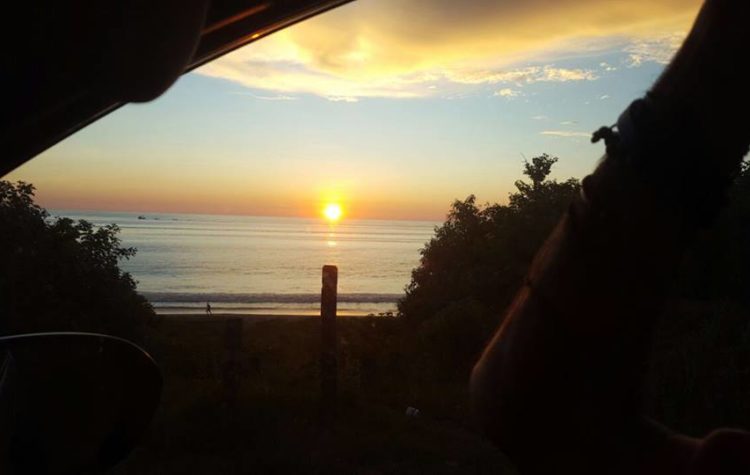A Panama hat (toquilla straw hat) is a traditional brimmed straw hat of Ecuadorian origin. Traditionally, hats were made from the plaited leaves of the Carludovica palmata plant, known locally as the toquilla palm or jipijapa palm, although it is a palm-like plant rather than a true palm.
The art of weaving the traditional Ecuadorian toquilla hat was added to the UNESCO Intangible Cultural Heritage Lists on 6 December 2012. Panama hat is an Intangible Cultural Heritage, a term used to define practices, traditions, knowledge and skills communities pass down from generation to generation as part of their cultural heritage.
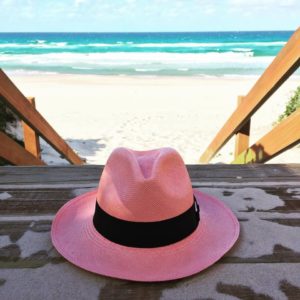 The toquilla straw hat is woven from fibres from a palm tree characteristic of the Ecuadorian coast. Coastal farmers cultivate the toquillales and harvest the stems before separating the fibre from the green outer skin. This is boiled to remove chlorophyll and dried for subsequent bleaching with sulfur over a wood fire. Weavers take this raw material and begin weaving the crown and the brim of the hat. Weaving a hat can take from one day to eight months, depending on the quality and finesse. In Pile, a coastal community, weavers produce extra fine hats that require specific climatic conditions and involve an exact number of points in each row of weaving. The process is completed by washing, bleaching, molding, ironing and pressing. The weavers are mostly peasant families and transmission of weaving techniques occurs within the home from an early age through observation and imitation. The skills and knowledge enfold a complex and dynamic social fabric including traditional techniques of cultivation and processing, forms of social organization, and use of the hat as part of everyday clothing and in festive contexts. It is a distinctive mark of the communities perpetrating this tradition and part of their cultural heritage.
The toquilla straw hat is woven from fibres from a palm tree characteristic of the Ecuadorian coast. Coastal farmers cultivate the toquillales and harvest the stems before separating the fibre from the green outer skin. This is boiled to remove chlorophyll and dried for subsequent bleaching with sulfur over a wood fire. Weavers take this raw material and begin weaving the crown and the brim of the hat. Weaving a hat can take from one day to eight months, depending on the quality and finesse. In Pile, a coastal community, weavers produce extra fine hats that require specific climatic conditions and involve an exact number of points in each row of weaving. The process is completed by washing, bleaching, molding, ironing and pressing. The weavers are mostly peasant families and transmission of weaving techniques occurs within the home from an early age through observation and imitation. The skills and knowledge enfold a complex and dynamic social fabric including traditional techniques of cultivation and processing, forms of social organization, and use of the hat as part of everyday clothing and in festive contexts. It is a distinctive mark of the communities perpetrating this tradition and part of their cultural heritage.
Traveltips offers you the possibility to visit the villages on the northern coast of Santa Elena, to admire and experience the daily work of the artisans of the toquilla, combined with a nice ride along the coast passing by local fishermen villages.
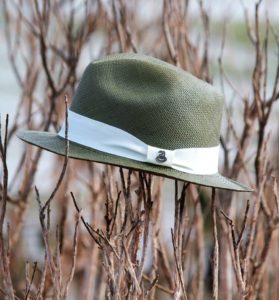 Depart Guayaquil early morning. Take the Pacific Coast Highway for one hour 30 minutes approx.
Depart Guayaquil early morning. Take the Pacific Coast Highway for one hour 30 minutes approx.
Forward north, after passing by small villages admiring handicraft and fishermen acitvities, a visit to Barcelona and Sinchal, the two towns that became famous because all the families work the Straw…the principal material used on the toquilla hats. These elderly people had been working in peeling, cooking and drying the toquilla and have it ready for the knitters of the zone.
Continue in our way north, we pass by Cadeate, a small town where most families work in bread cooking, and they deliver the bread to all the other communities in the area. Also we have Mr. Alfaro Reyes, who works furniture in BEJUCO, a typical wood from the area.
After a nice lunch in Montanita, a little walking time, we return to Guayaquil with the most satisfactory feeling of a great trip!
This tour will end next day with a visit to Ecua-Andino Hats Factory and Showroom, where you can admire the different qualities of hats and the whole process for export and final product to be sold.

